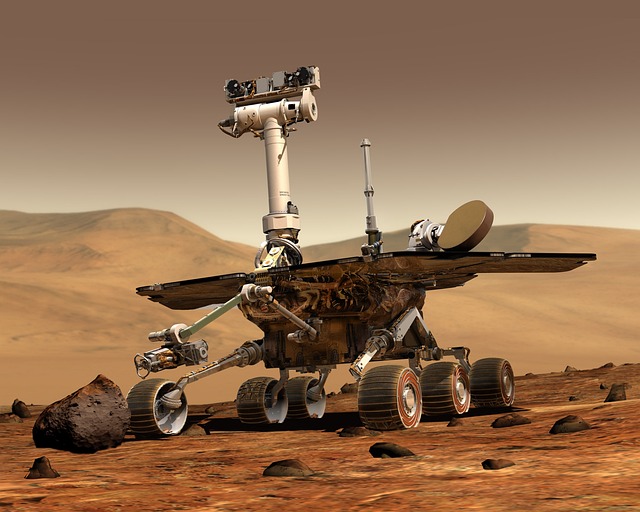Unlocking the Future: Exploring Bioinformatics in the Age of Robotics and Artificial Intelligence
As we stand on the precipice of a technological revolution, the field of bioinformatics is becoming increasingly intertwined with robotics and artificial intelligence (AI). This collaboration is not only reshaping the landscape of healthcare but also enabling businesses to optimize processes through automation. The capabilities that bioinformatics offers, combined with the precision of robotics and the analytical power of AI, are unlocking new possibilities for scientific discovery and innovation.
The Intersection of Bioinformatics and Robotics
Robotics has found its way into various sectors, and healthcare is one of the most promising. Robots are now capable of performing intricate surgical procedures, managing laboratory samples, and even assisting in patient care. However, the real magic happens when robotics is paired with bioinformatics. For instance, robots can be programmed to analyze vast datasets derived from genomic sequencing, significantly speeding up the pace of research and diagnosis. This fusion not only enhances accuracy but also reduces the human error factor, which is crucial in settings where precision is paramount.
Artificial Intelligence: The Brain Behind Bioinformatics
AI serves as the backbone of modern advancements in bioinformatics. With its ability to learn and adapt, AI can process millions of genetic sequences and identify patterns that would take human researchers years to uncover. Machine learning algorithms can predict disease outbreaks, personalize treatment plans, and even recommend lifestyle changes based on individual genetic makeup. This intelligence-driven approach allows for greater efficiency and effectiveness in both research and treatment, positioning AI as a catalyst for progress in bioinformatics.
Automatisation in Business: A Bioinformatics Perspective
As businesses struggle to keep pace with the growing need for rapid innovation, automation has become a critical strategy. Bioinformatics companies are leading the charge by streamlining processes that once relied heavily on manual labor. Through automated data analysis, organizations can allocate resources more strategically, enhance productivity, and focus on what truly matters—advancing human health and wellbeing. The seamless integration of bioinformatics into business frameworks serves as a bridge to the future, where technology and humanity work hand in hand to tackle some of the most pressing challenges of our time.
A Bright Future Ahead
The future of bioinformatics is undeniably bright, driven by the continuous advancements in robotics and artificial intelligence. The potential for improving patient outcomes, accelerating drug discovery, and enhancing our understanding of complex biological systems is limitless. As we continue to explore this fascinating intersection, it becomes increasingly clear that the synergy between technology and biology will define the next era of innovation.
Embracing the changes brought about by these advancements not only fuels the progress of science but also fosters a broader understanding of our biological selves, empowering individuals to make informed decisions about their health like never before. The revolution in bioinformatics is just beginning, and we are all invited to be a part of this transformative journey.



